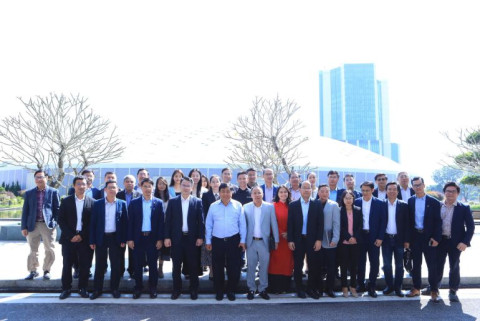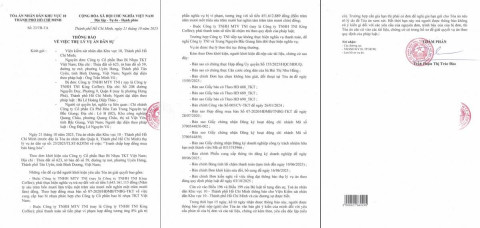Real estate credit recovers slower than expected
- 9
- Business
- 11:40 16/10/2024
DNHN - Real estate credit is recovering slowly but is expected to grow rapidly thanks to low interest rates and more favorable supply. However, high house prices and low liquidity remain major challenges for buyers and investors.
In the context of the real estate and construction market gradually recovering, real estate credit also shows signs of growth. However, the recovery rate is still slow, mainly due to supply difficulties and the rise in real estate prices in recent times.
According to analysts from VCBS Securities Company, it is forecasted that real estate credit will grow rapidly in the near future, especially when the housing supply becomes more favorable, and projects are implemented more vigorously thanks to supportive policies regarding interest rates and legal frameworks.
One of the key factors driving real estate credit is the low lending interest rates. Major banks such as Agribank, BIDV, VietinBank, and Vietcombank have announced many attractive interest rate packages to attract home loan customers. Specifically, Agribank offers fixed rates from only 6% in the first 6 months, BIDV applies an interest rate of only 5% for customers in Hanoi and Ho Chi Minh City in the first 6 months. Similarly, Vietcombank also offers home loan interest rate packages starting from 5.5% in the first 6 months.
Joint-stock commercial banks such as VPBank and TPBank have also introduced incentive packages with lower interest rates, ranging from 4.6% to 9.8%, creating favorable conditions for people to borrow money to buy homes. This opens up opportunities for many people with needs for stable housing.
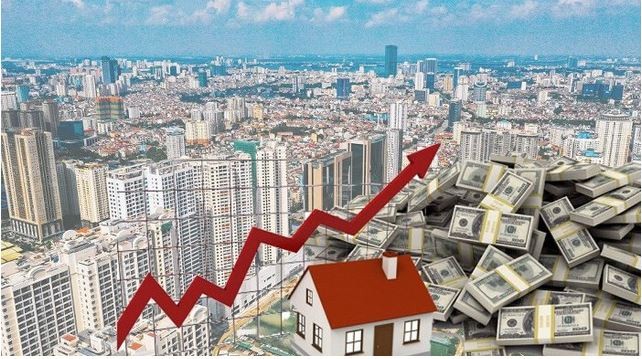
Although low interest rates are encouraging buyers, in reality, the demand for home purchases has not recovered as expected. Part of the reason comes from the sharp rise in housing prices, especially in central areas, making many people hesitant to invest. According to the report, in the first half of this year, real estate business credit increased by more than 10%, but consumer home loan credit only increased by more than 1%. This shows a clear differentiation in market demand.
One of the serious issues currently is that house prices in Vietnam are at a high level, about 4-5 times the recommended income ratio. Even though loan interest rates have decreased, house prices still show no signs of cooling down, making it difficult for many people to achieve their "dream of owning a home." Additionally, the excessively high property valuations affect the market's liquidity. Buyers not only face difficulties in quick investments but also face the risk of low capital recovery.
Real estate rental prices are also not favorable, accounting for only about 3% of the total investment value, lower than bank deposit interest rates. This causes the current cash flow to shift into bank savings instead of real estate investment.
To address these challenges, experts from VPBankS are hoping for policies to moderate house prices in line with people's incomes. Specifically, the 120 trillion VND credit package for social housing loans will play an important role in helping people have the opportunity to own homes. These policies not only help grow credit but also create a sustainable foundation for the real estate market.
According to experts, with support from new policies, real estate credit demand is expected to increase. Banks are also adjusting interest rates and building more flexible credit packages to meet the growing demand of the market. The development of new real estate projects will lead to an increase in supply, thereby helping to balance the market.
However, caution is still necessary in investment decisions. Investors should carefully consider before making investments, especially in the context where house prices may not cool down immediately. Moreover, the market still holds many risks, and building a sustainable investment strategy will be the key factor in future success.
Real estate and construction credit is on the path to recovery but still faces many challenges. Low interest rates are a positive signal, but high house prices and low liquidity are still making it difficult for buyers. State support policies will be the key factor in promoting sustainable growth for the market. Investors and consumers need to closely monitor these developments to make reasonable decisions, ensuring they do not miss opportunities in a market as promising as it is today.
Phan Chinh
Related news
#credit growth

Enhancing green credit efficiency: A new direction for sustainable economy
In the context of increasing climate change and environmental pollution, green credit has emerged as an important tool for sustainable development.

Why is credit growth showing signs of slowing down?
Recently, credit growth has shown signs of slowing down, which has attracted the attention of many economic analysts and policymakers. Several factors have contributed to the slowdown in credit growth.
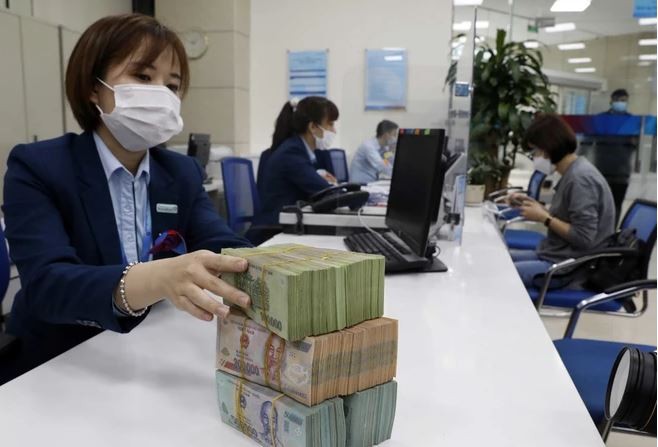
The State Bank of Vietnam studies the roadmap to remove credit room
The State Bank of Vietnam (SBV) is considering a roadmap to remove the credit room mechanism as directed by the National Assembly and the Government.
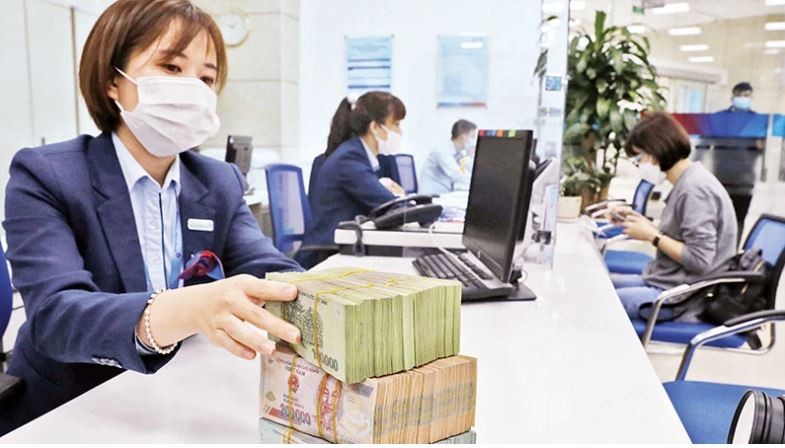
The banking sector sacrificed profits to support the economy
To date, the credit market has recorded impressive growth, exceeding 6.9% compared to last year. This shows that banks are actively pushing capital into production and business.

Banks await higher credit growth quota
Commercial banks are expecting to have higher credit growth limits in Q2 2022 as they have already used up most of their assigned quota this year.
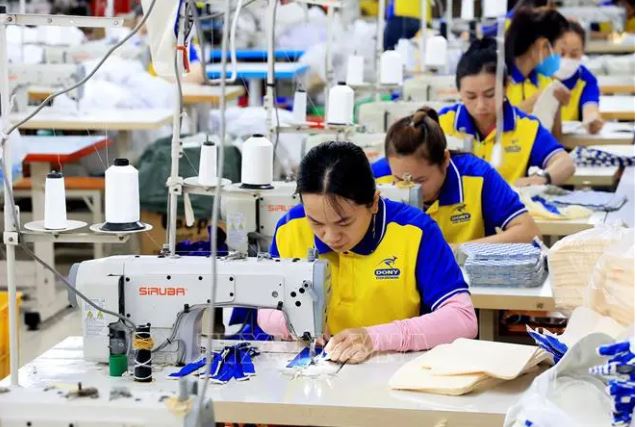
The importance of flexible credit policies for textile enterprises
The textile industry faces challenges such as importing raw materials, price fluctuations, and fierce competition. Therefore, flexible credit policies play a crucial role in ensuring the survival of textile enterprises.
Đọc thêm Business
From New Year messages of World Leaders to the “new rules” of the Global economy in 2026
At a pivotal moment of transition, New Year messages from capitals such as Hanoi, Beijing, Washington and Paris reflect distinct priorities and strategic visions.
Connecting Leaders, Shaping the Future: Strategic Leadership Planning Meeting – CorporateConnections Hanoi A
"Your network is your most powerful flowing asset. It generates value, multiplies opportunities, and accelerates your influence across borders."
Innovative ESG enterprise: Trạm Xe Việt startup proposes solutions to build a green mobility ecosystem
As Vietnam commits to achieving Net Zero by 2050 and tightens emissions standards, the transportation sector faces unprecedented pressure to transform.
Deputy Prime Minister Nguyễn Chí Dũng: “The country’s major challenges weigh heavily on my mind — and we must resolve them together.
On the morning of November 26, 2025, Deputy Prime Minister Nguyễn Chí Dũng chaired a high-level working session at the National Innovation Center (NIC) in Hòa Lạc.
Unitsky String Technologies signs cooperation agreements with three Vietnamese partners, opening a new direction for smart mobility and sustainable development
The signing ceremony took place in Minsk, Belarus, on November 28, 2025.
Before the D‑day to abolish flat‑rate tax: Fear of technology and costs leave small traders struggling to adapt
From 1 January 2026 the flat‑rate tax regime will be abolished. Small business households will be required to declare tax based on actual revenue. MISA supports the transition with technology to help micro‑merchants adapt smoothly and transparently.
Vietnamese enterprises at a crossroads: the impact of a potential US–China deal
As the world closely monitors every shift in US-China relations, emerging signals of a strategic agreement between the two global powers are raising hopes for global economic stability.
HDBank: Impressive profit growth, leading in profitability and advancing international integration
Ho Chi Minh City Development Joint Stock Commercial Bank (HDBank, stock code HDB) announced its consolidated profit before tax for the first 9 months of 2025 reached VND 14,803 billion, marking a 17% increase year-on-year (YoY).
TNI King Coffee sued for over VND 5 Billion in unpaid debts
On October 21, 2025, the People’s Court of District 10 in Ho Chi Minh City officially accepted a civil lawsuit concerning a commercial contract dispute between TKT Vietnam Plastic Packaging Joint Stock Company and TNI King Coffee Co., Ltd.
VINASME and Jeonnam Technopark Sign MOU on technology cooperation, human resource training, and trade promotion
On October 15, 2025, in Hanoi, VINASME and Jeonnam Technopark (Korea) signed an MOU to promote trade, advance technology transfer, and develop human resources between enterprises of both nations.





